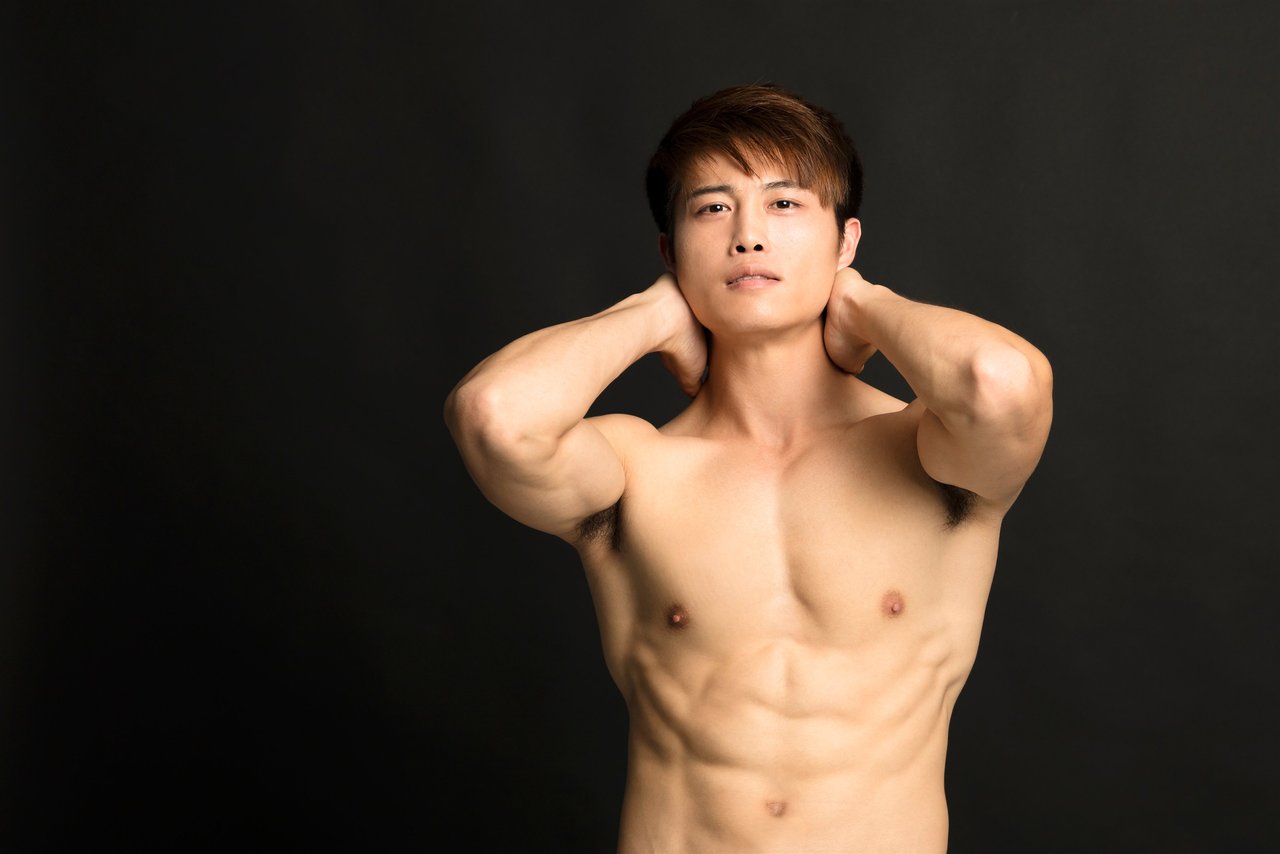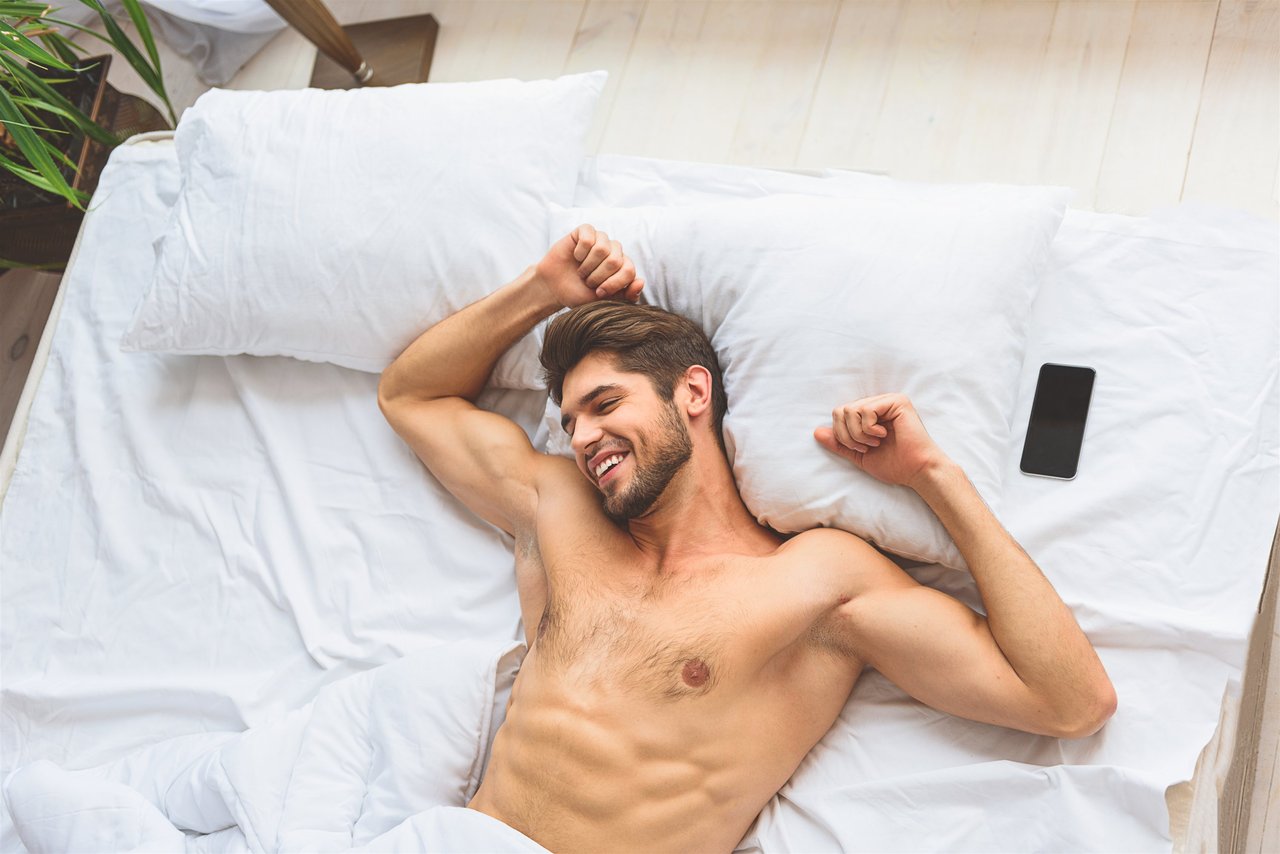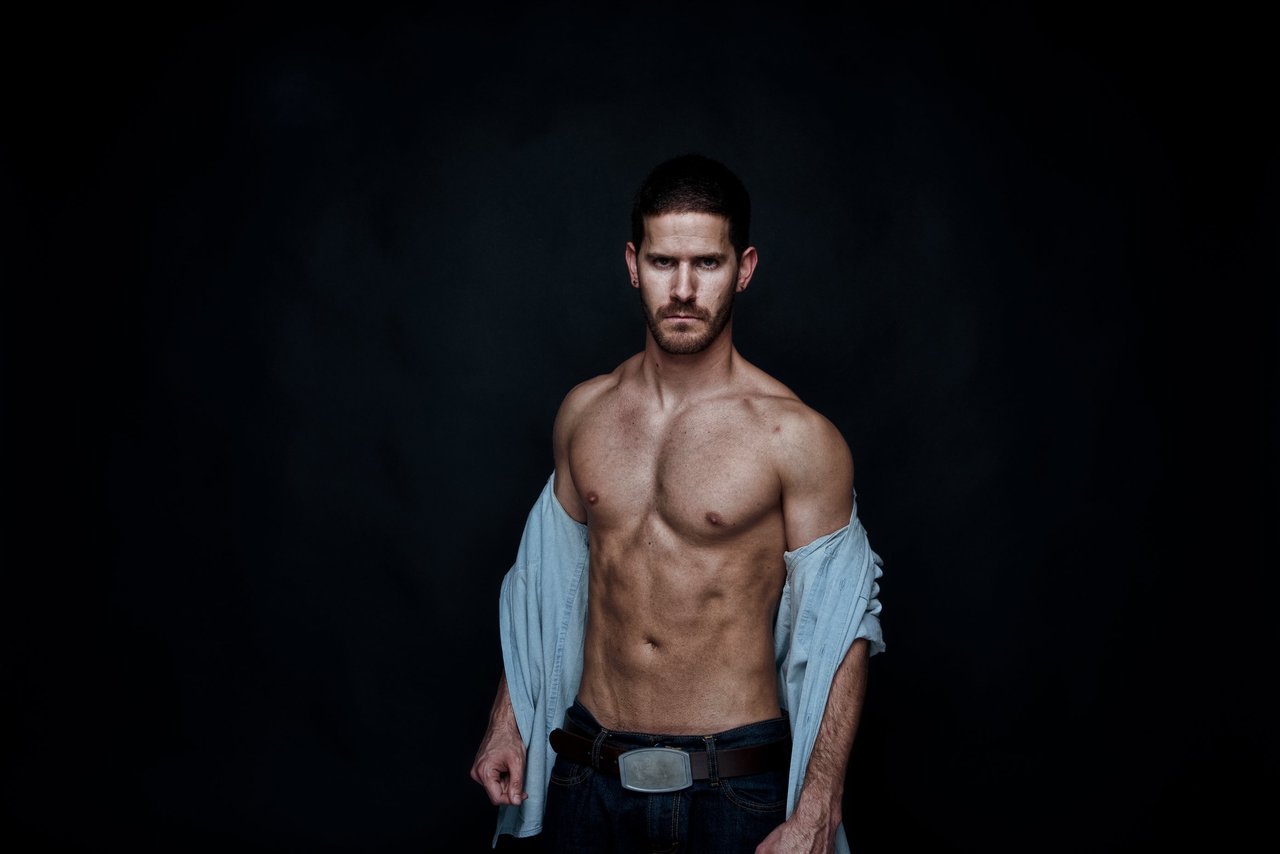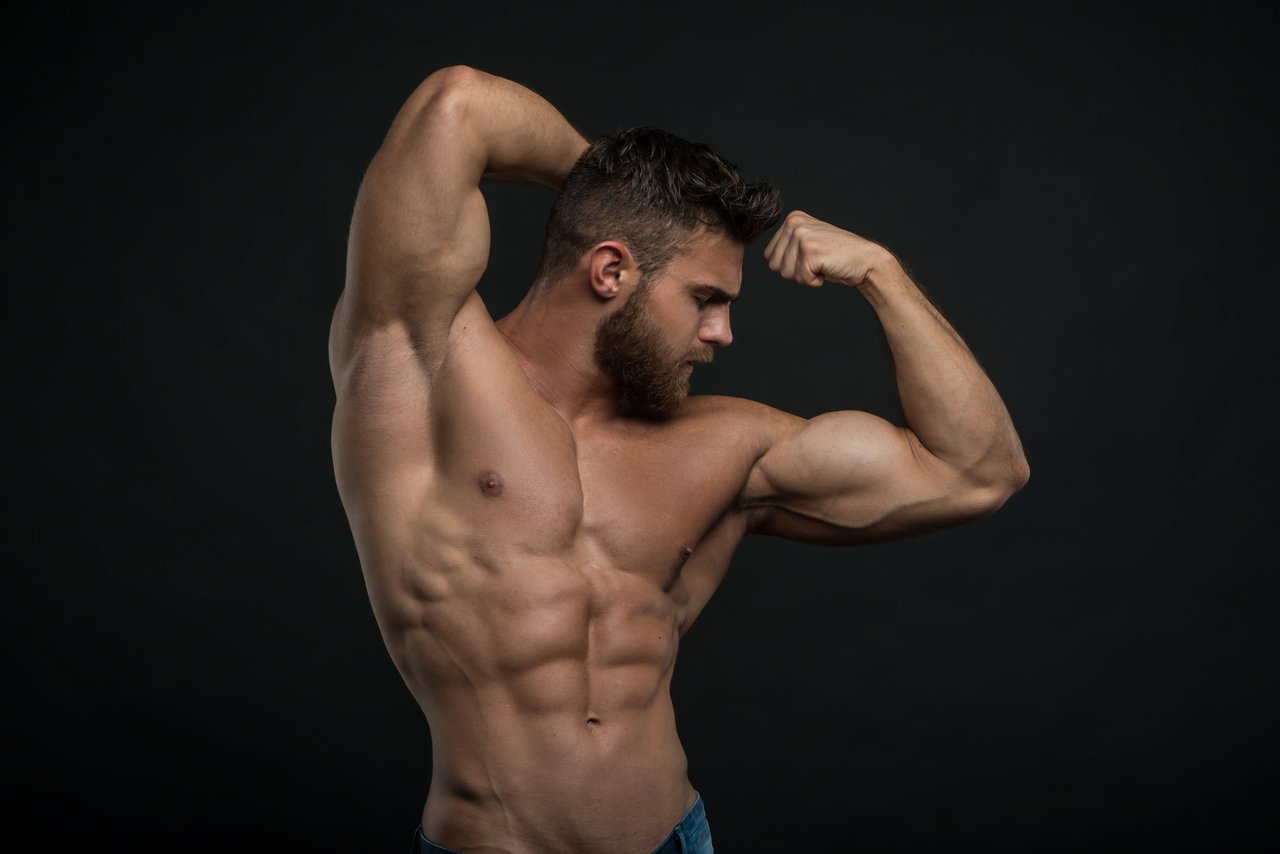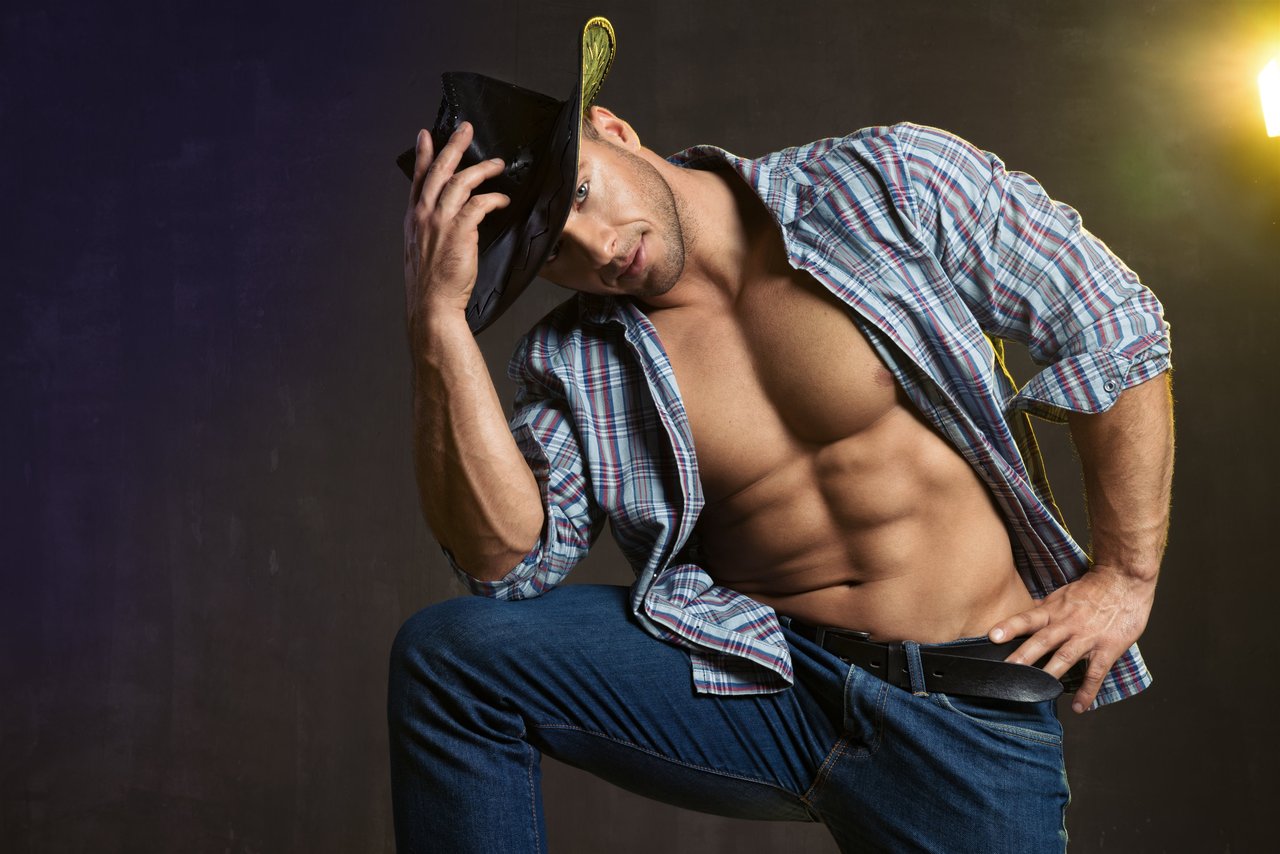Understanding Gay Stereotypes and Their Urban Roots
Gay stereotypes often emerge from simplistic interpretations of complex identities, rooted deeply in cultural perceptions and social behaviors—especially around gay men’s urban lifestyle. These stereotypes stem from historical societal fears, media portrayals, and social meme culture that amplify and distort traits into caricatures. For example, the idea that all gay men live in cities and embody a particular “urban gay identity” reflects migration patterns but also entrenches assumptions about city life as central to gay existence.
Gay men urban lifestyle themes frequently appear in LGBTQ memes, which both poke fun and reinforce patterns of identity. These popular online jokes, while humorous, can perpetuate surface-level views on gender roles, fashion, and behaviors. Despite increasing social acceptance, these stereotypes persist because they provide a mental shortcut for outsiders trying to understand the unfamiliar.
The range of gay stereotypes spans from fashion choices and walk speed to deeper concepts like masculine traits versus femininity. Their societal impact touches self-image and acceptance, influencing how gay men perceive themselves amid evolving cultural narratives. Stereotypes about gay men also interplay with larger LGBTQ stereotypes, reflecting generational shifts in humor, pride, and identity politics. By unpacking these perceptions, we reveal how they confine and sometimes empower, shaping both private lives and public expectations.
